Grounding and Lightning.

A properly grounded system is extremely important for both safety and reliability. An un-grounded system is significantly more likely to be damaged during an electrical storm than a properly grounded system. It stands no chance against an EMP burst.
Solar panels and wind turbines act as lightning antennas or “magnets” as they are always mounted in manner that opens then up and elevates them in some manner or another which often makes them the most likely target for a lightning strike.
It is important to note, that due to the relationship between the earth’s ground and the electrically charged sky during an electrical storm, the lightning bolt does not actually seek the highest object, instead the highest object actually attracts the lightning bolt to it, with an initial burst of conductivity that starts from the ground up, not the sky down. So, putting it simply, if you put a wind turbine up in the air and that tower is not grounded, then you can fully expect it to be hit by a lightning strike, which will result in equipment failure. This is a “not if, but when” scenario and then “how often”. When a lightning bolt hits an ungrounded tower, the entire voltage/current spike will travel down the wires that lead directly to your expensive controller and inverter, looking for a ground. On the way through, untold damage can be done.
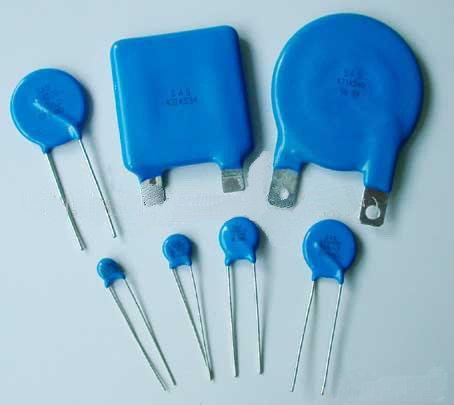
Many controllers use over-voltage surge protection devices and circuits, but they may be no competition to a direct lightning hit. Many of our controllers have survived direct lightning hits due to the internal protective circuits yet the connected equipment like meters, inverters, etc. are damaged beyond repair.
Proper grounding is paramount! Damage due to lightning strikes and high voltage surges are not protected under most warranties. To make matters worse, the lightning strike does NOT have to be direct.
Highly charged atmosphere may be present for many miles around an active lightning area. This super charged air is more than sufficient to damage the sensitive equipment used in an alternate energy systems where the solar panels and towers act as antennas for this energy. Additionally, indirect electrical charges can be present at other times, including a stand-storm, high wind event, very low humidity conditions etc., that are more than sufficient to generate static electricity that far exceeds hundreds or even thousands of volts. Without grounding, this static electricity alone can damage any piece of equipment used in your system.
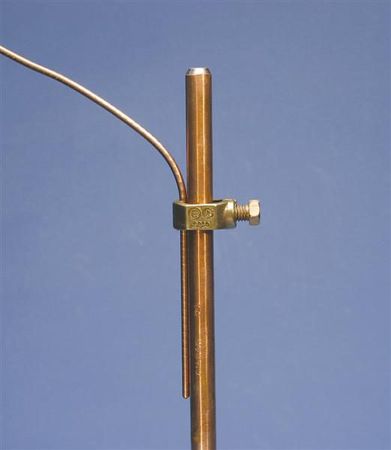
A properly grounded system is comprised of (at the very minimum) 6’ ground rounds and large (6 to 8 gauge) bare copper wire that ties the enclosures and system negatives directly to the ground rod. Ground rods (plural) should be placed as close to turbine towers and solar panel installation as possible. The towers and panels should be tied directly to the ground rods, with few or no splices. The battery bank’s negative (or buss) should also be tied to a grounding rod.
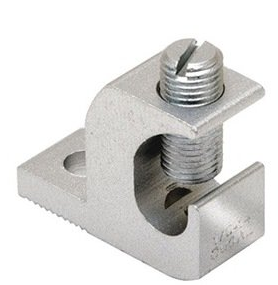
Grounding details: Solar Panels: There is a great deal of discussion on how to protect solar panels from EMP (both solar and atomic), but in the long run there is really very little true knowledge of the subject, since there is no effective way to test the theories. That said, all authorities agree, that grounding is paramount and proper grounding requires carefully thinking about how high energy burst of energy from externally (i.e., grid) connected wires and/or the atmosphere to the earth are likely to travel.
Ground wires need to be as short of possible and as numerous as required to ensure each and every panel is grounded. Each vertical row of solar panels requires a separate ground wire running vertically down to the ground. Multiple ground wires may be combined into a single ground rod. Generally a new ground rod should be driven for every 8 to 12 feet of lateral ground distance, driven (6’ or 8’ deep) the more the better, the deeper the better.Use an aluminum grounding strap between each solar panel frame (even if you have mounted the panels to an aluminum rack). Alternatively, you may tie each and every solar panel frame directly to the grounding wire via a ground lug or bolt. This is often the best and easiest method.
For EMP protection, the solar panel wires (MC-4 cables etc.), MUST be enclosed in metal conduit for the trip down to the controller, failure to do this will defeat the EMP Hardening of the controller. Enclosing the wires and junction box under the panels in a aluminum foil or tape, may help prevent energy from entering the wires, but for the most part, high energy gamma rays will travel easily through the solar panel into every wire, so the best solution is to always give this energy an easy way back to the earth ground it seeks by ensuring the wire ends up in a metal conduit and that conduit is grounded before it gets to any piece of electronics.
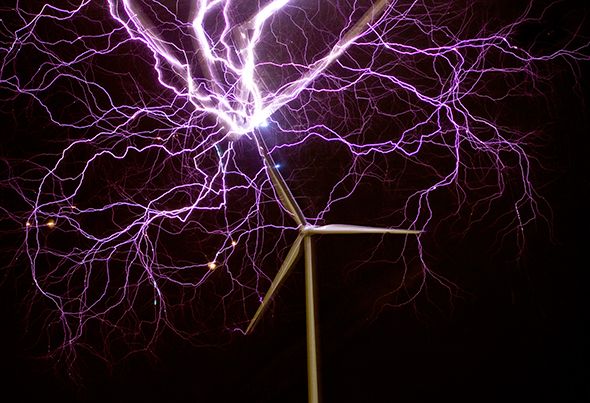
Grounding wind turbines: As mentioned above, it is imperative that the wind turbine pole (tower) is grounded at its base. It is not enough that the pole is driven into the ground, you MUST provide a copper ground wire from the base to the top, and this wire must be tied to a ground rod(s) that are driven into the soil at least 6 feet. The wind turbine housing itself should also be tied to this or another ground wire if at all possible.The wires from the wind turbine must either be placed underground or run in metal conduit before it terminates at any piece of electronics, including the rectifier, break switch or controller.
Ground the conduit itself via a grounding strap directly to the ground rod before it gets to any enclosure. Do not run bare wires into an enclosure.
Grounding enclosures. Each and every enclosure must be grounded directly via a copper ground wire. Each of these wires must make a separate run to the nearest ground rod or a grounded buss bar. Do not daisy chain copper ground wires, this does not work but instead can bring an otherwise unaffected enclosures into the direct path of the high-energy burst.
Grounding the battery bank. The negative ground post or ground buss of the battery bank must also be grounded. This is one of the most important grounding places, yet often overlooked. If your battery bank is not grounded it can easily pass the high energy burst back into EVERY piece of equipment that is connected to it!
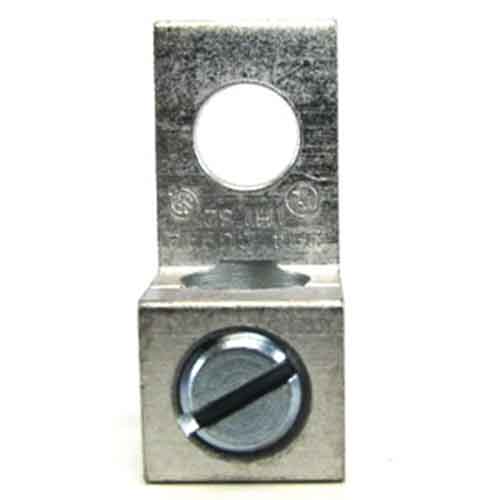
It is difficult to over ground, but it is actually possible. Please do an Internet search for solar system “ground loops” to ensure you are setting up a grounding system that is not subject to ground loops, which can introduce a new set of problems.
There is a great deal of information on these complex subjects including, grounding, EMP protection and lighting strikes. There is also a great deal of misinformation, which can cost you a lot of money and hardship unless you take the time to research and then take the time to properly install and protect your system.
This is knowledge you will be forced to garner, it’s really just a matter of being proactive or reactive and then how costly will such an education be. An ungrounded system is also a safety hazard for a multitude of reasons that are outside of the scope of this manual. No safety conscience installer will ever design and/or install a system that fails to include grounding.
Please research “solar or wind systems grounding” on your favorite search engine for more information, as this article is truly just an introduction.
Enjoy your system — stay safe!

Recent Comments